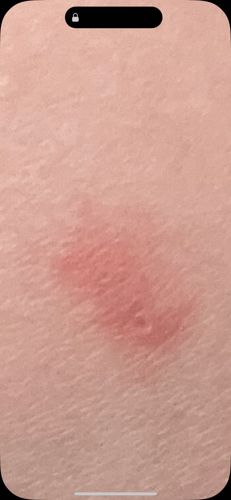Bed Bug
Scientific Name: Cimex lectularius
Order & Family: Hemiptera, Cimicidae
Size: Adult bed bugs are typically 4-5 mm (about the size of an apple seed) before feeding, and slightly larger and more elongated after feeding.

Natural Habitat
Bed bugs are primarily found in human dwellings, hidden in cracks and crevices such as mattress seams, bed frames, furniture, behind wallpaper, and in electrical outlets. They are nocturnal and feed on sleeping hosts.
Diet & Feeding
Bed bugs are hematophagous, meaning they feed exclusively on the blood of warm-blooded animals, primarily humans. They pierce the skin with their elongated mouthparts (proboscis) to draw blood.
Behavior Patterns
Bed bugs are nocturnal, emerging from their hiding spots to feed on hosts during the night. They are attracted by carbon dioxide and body heat. Bites often occur in lines or clusters. They are highly resilient and can survive for several months without a blood meal. They reproduce rapidly, with females laying several eggs per day.
Risks & Benefits
Potential risks include itchy red welts (like the one pictured, which is consistent with a bed bug bite reaction) which can lead to secondary skin infections from scratching. They are not known to transmit diseases to humans. Benefits are negligible to humans, though they play a minor role in certain ecosystems as a food source for some predators.
Identified on: 9/7/2025